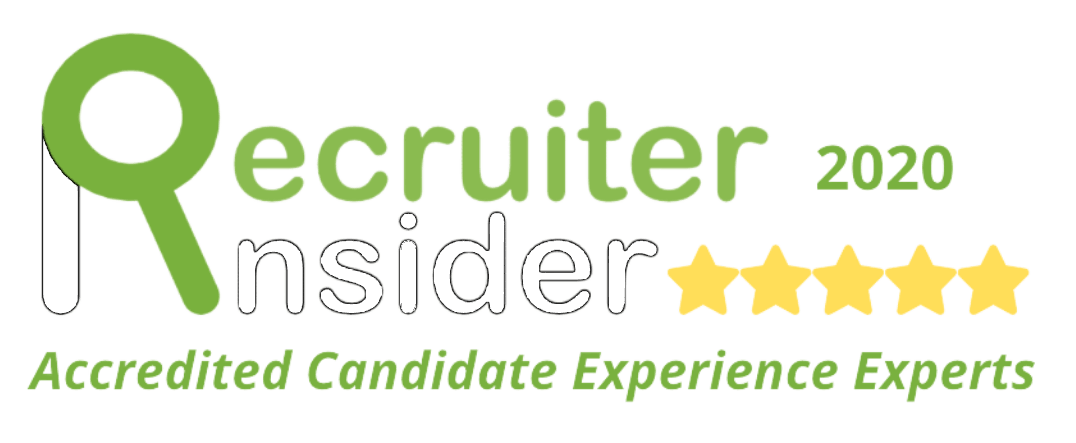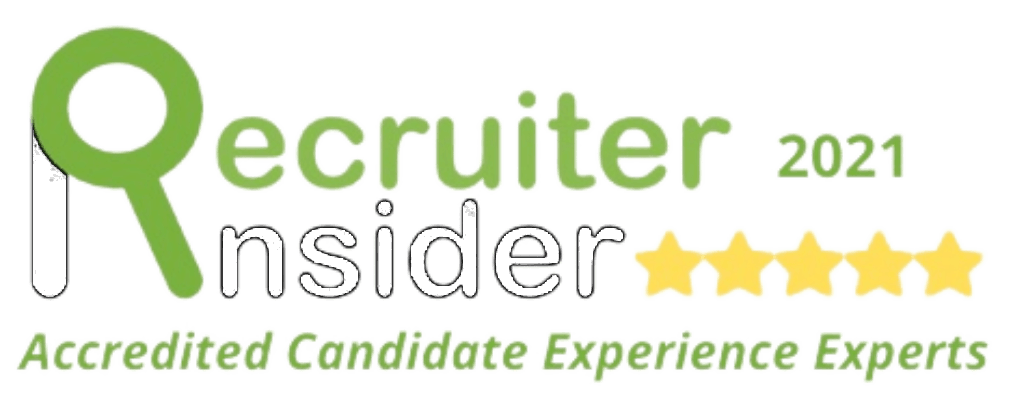Don’t like your job? Change it (don’t just leave it)
Are you thinking about making a move? Maybe you’re feeling stressed in your current role, have role fatigue, or just looking for a change? Have you sat down and worked out what the actual issue making you feel this way is, and whether leaving your current company is going to be the best way to resolve the problem?
Apparently, you’re in good company – 80% of people on LinkedIn reportedly don’t like their jobs. But is it possible that you just aren’t giving it a chance?
Here are my top tips for changing your role for the best:
Focus on what you like about your role and do more of that!
What is it that has kept you motivated in the role up until now? What are the parts that you really enjoy? Maybe you are a Marketing Exec and you love digital analytics specifically but could take or leave some of your other responsibilities. How can you make this into more of a need in your current role? Are you pushing the boundaries, coming up with ideas? Maybe you could take on more responsibility in a certain area or across different departments in the company. This is on you; your manager isn’t going to just hand you what you want, you need to ask for it. Build a well thought-out business case for doing so and present this to your manager.
Put your hand up for other work
Again, this could simply be helping another team out with the type of work that you think you’d enjoy, asking to shadow another manager or you could even ask to become the in-house social event manager if events are something that you love. I have spoken to a good few people who have taken side steps into other departments to move up; always taking an interest in other work and putting their hand up for everything that comes their way. You never know where this may lead you.
De-stress
If the issue is that you are too stressed, see if you can make changes first by yourself. These include;
Making a list for the next day before you leave to go home and stay focused on what is needed to done. Tick off (or strike out in nice red pen as I do) when that task is done. It helps put things into perspective and gives you that little ‘tick’ of ‘yes I am achieving something here’.
Make sure you find the time to take a break. This is helpful for not only your work but for your mental wellbeing. You can find out more about that in my previous blog post.
Switch off when you leave for the day, use the ‘third space’ which will give you a better work/life balance.
Issue with support
If you have an issue with management then sit down with your manager, or even a colleague - don’t suffer in silence and just pack it in. There may be another solution that you haven’t thought of yet.
At the end of the day some issues can’t be resolved and you’ll find the best solution is to move on. However, it is surprising how many candidates I’ve interviewed that decide to move on without talking to anyone internally first. This is especially surprising when some of the problems can clearly be resolved. In situations like these you may end up accepting another offer, only to find your current company can provide what you wanted the whole time. So don’t put yourself in that awkward position; be empowered to ask for what you want from your job and don’t regret not making the most of the opportunities right in front of you.
In the long run, when you feel you’ve truly fulfilled your potential in your current organization you’ll be a much more desirable candidate moving forwards into your next role and you’ll leave on good terms feeling satisfied with your work.
If you would like confidential advice, get in touch! I’m happy to use my experience and knowledge of the marketing industry to help you determine whether staying will be a better option than moving on.










